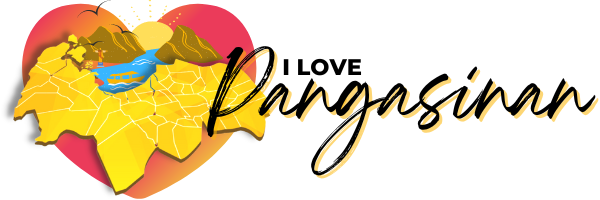Lingayen, Pangasinan
“The Heart, The Soul, & The Face” of the Province of Pangasinan
History of Lingayen
The Augustinian missionaries and the Spanish conquistadores drew a plan of Lingayen in 1614 and Lingayen was founded. The founders named the town Lingayen at the suggestion of natives themselves, due to a certain corpulent tamarind tree growing on the present town plaza at that time. The tree was exceptionally big, tall, and spreading; that the surrounding trees were just drafts in comparison. Passers-by developed the habit of looking back and back again at this corpulent tree until it would vanish from their rear view. When they arrived home and were asked what way they took in returning they would simply say “through Liñgayen”. The word “Liñgayen” was from the Pangasinan language word “lingawen” meaning ” to look back”. Since then up to the present time the town bears its name as Lingayen.
Lingayen became the capital of Pangasinan when the province became an encomienda.
During World War II, Lingayen was where the Allied armies landed during the Invasion of Lingayen Gulf. Its long beach served as runway for several attack planes.
How to get to Lingayen
Get to know Lingayen




